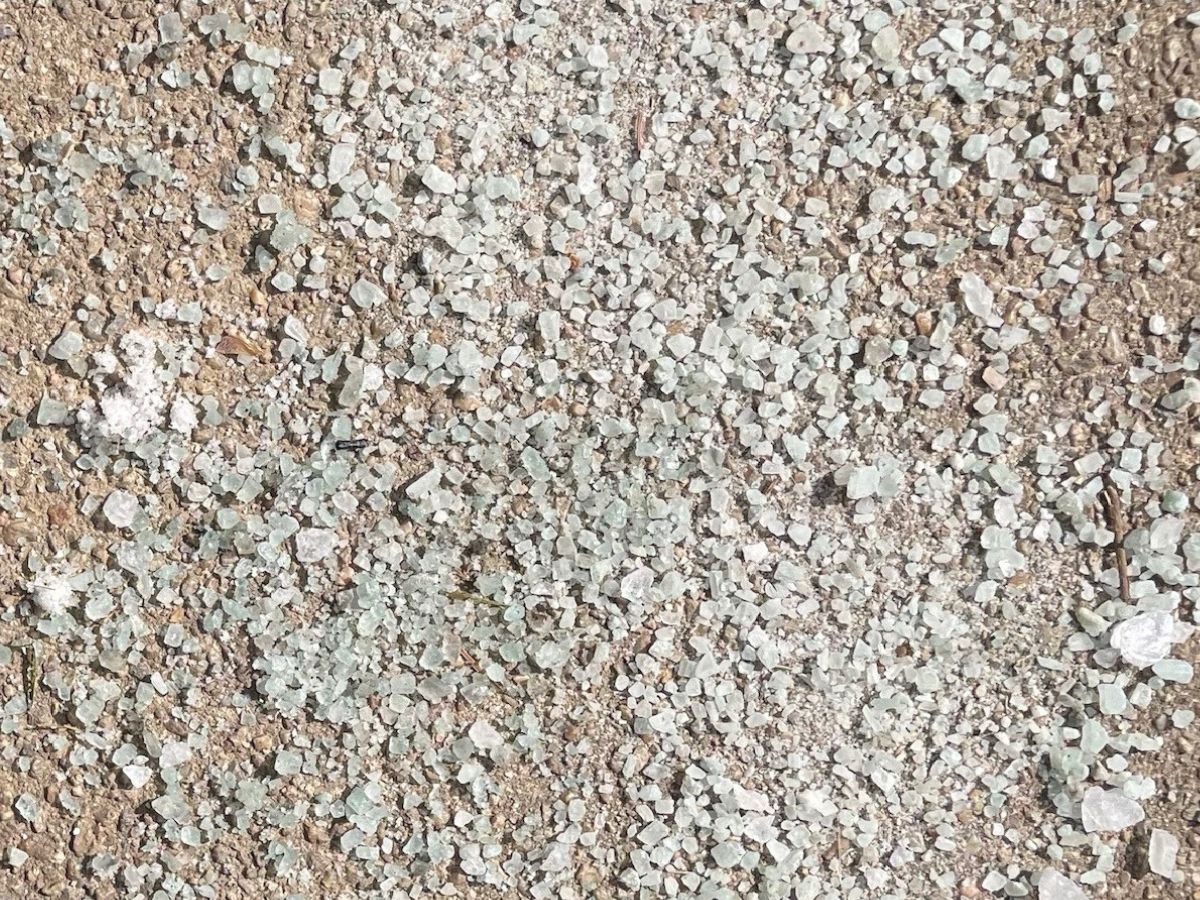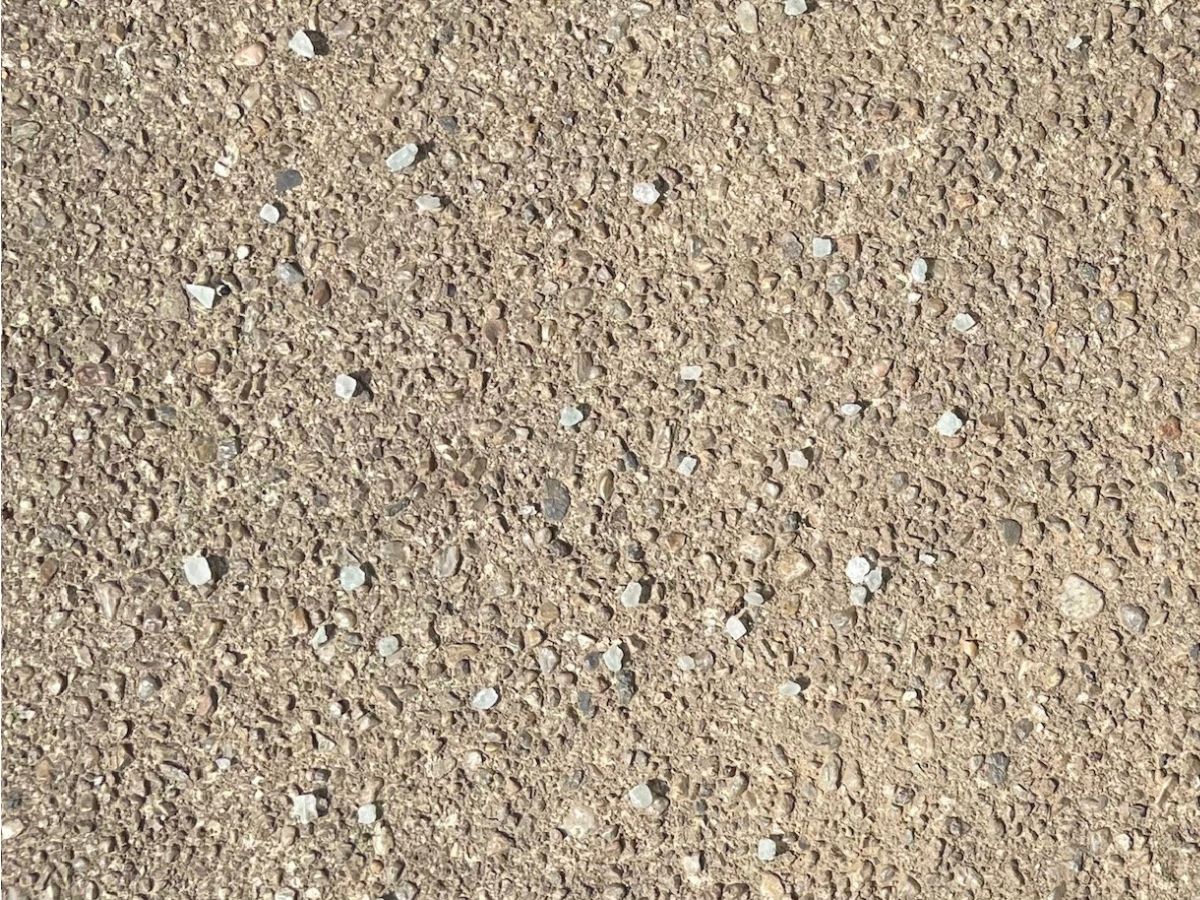This week’s snowstorm not only brought a winter wonderland and slippery conditions, it also brought salt. Many homeowners and building, parking lot and highway managers apply salt to prevent ice from forming on pavement.
Winter salt is either rock salt (sodium chloride) or ice melt (a blend of sodium chloride, magnesium chloride and other salt) and bags were jumping off store shelves over the weekend.

 Correct and incorrect use of salt or ice-melt
Correct and incorrect use of salt or ice-melt
Salt Levels Rising
“Chloride concentrations in the Potomac River have risen substantially in recent decades,” says the Interstate Commission on the Potomac River Basin, stressing that the river is a drinking water source for about 6.89 million people. Average winter concentrations have jumped almost ten-fold, the commission contends. Salt flowing off impervious surfaces is a major contributing factor. Over the past 30 years, salt has increased 104 percent in the Potomac River, reports the WSSC, the water utility for Maryland’s Montgomery and Prince George’s counties.
“Salt levels in the Potomac River and Occoquan Reservoir … have risen noticeably over the past decades, with average concentrations more than doubling,” reports the Northern Virginia Regional Commission. The reservoir is also a drinking water source for two million Northern Virginians.
“Deicing salt applied to areas such as roads, sidewalks and driveways is a major source of chloride in developed areas surrounding the upper Accotink Creek,” a 2021 study by Wetland Studies and Solutions found, noting that “tracked concentrations spike in the winter months.” Other Northern Virginia streams likely have similar conditions, Virginia Department of Environmental Quality officials maintained at that time.
Safer Driving, but Some Harms
Highway managers apply salt to enhance driving safety. Salt can reduce vehicle crashes by 88 to 95 percent, reports the Northern Virginia Regional Commission. While modern mobility may require de-icing pavements, salt has some downsides.
Salts do not biodegrade and can be washed into storm drains, streams, rivers and oceans.
Water treatment technologies typically cannot remove salt. Elevated salt in drinking water can create some health risks, especially for people on low-sodium diets.
Because salt is corrosive, it can deteriorate plumbing and highway infrastructure like bridges. Salt accelerates metal corrosion in vehicles.
Animals attracted to road salt can create hazards. Birds can mistake road salt crystals for seeds or grit. There are approximately one million vehicle-animal crashes on roads each year, reports the American Automobile Association (AAA), killing 200 people and costing up to $8 billion.
Excessive salt can also degrade soil and terrestrial and aquatic plants and animals. Salty sprays from vehicles, spreaders, the wind and runoff can kill trees and shrubs.
Managing Icy Conditions
Several organizations have some “salt smart” tips. Here are some from Fairfax Water:
* Shovel early and often. Remove snow before it turns to ice.
* Use salt only after clearing snow and never to “burn off” snow. Spread it evenly.
* Clear and salt only in areas needed for safety.
* Use less. More salt does not mean more melting. A 12-ounce coffee mug of salt should be enough for a 20-foot driveway or about 10 sidewalk squares.
* If temperatures drop below 15 degrees, do not use salt. It will not work. Try sand or native bird seed.
* After the ice melts, sweep remaining salt into safe storage.
* Channel downspout water to drain onto ground areas rather than impervious walks and driveways where it will run off.
Managing Roads
The Virginia Department of Transportation (VDOT) is responsible for 14,238 miles of Northern Virginia roads and begins plowing when two inches of snow have fallen, Mount Vernon Supervisor Dan Storck told constituents in his Jan. 3 newsletter.
When problematic weather is predicted, VDOT pre-treats some roads with a salt and water mix called brine, “to help prevent a bond from forming between the pavement and icy precipitation, making it helpful for crews to make roads passable,” says VDOT’s website.
VDOT’s snow removal priorities are as follows: first interstate highways and limited-access roadways; then, primary roads and major secondary roads; low-volume secondary roads.
